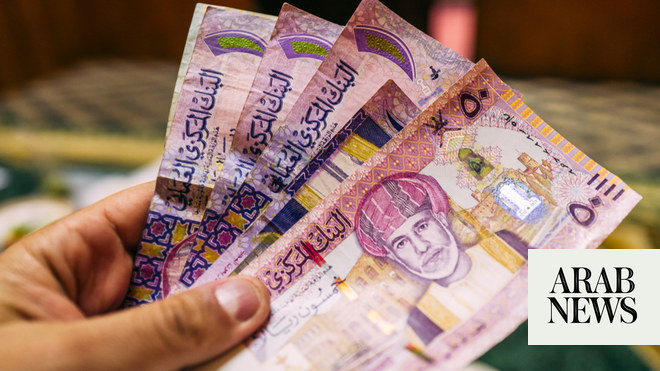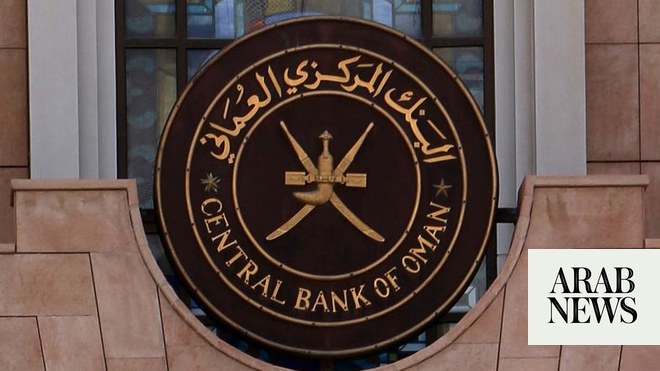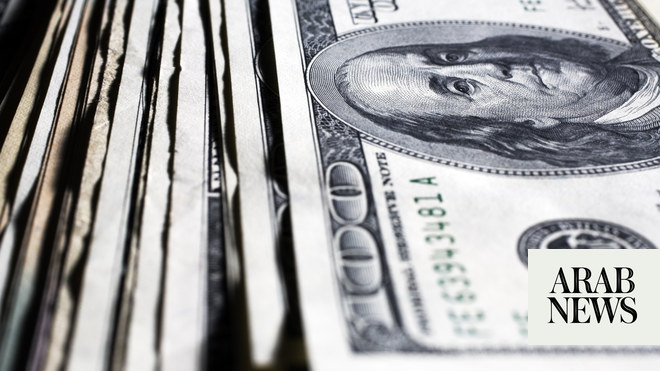
RIYADH: Oman’s banking sector experienced a 2.9 percent rise in total credit, reaching 30.8 billion Omani rials ($80 billion) by the end of March, official data showed.
In its monthly review of banking and monetary developments, the Central Bank of Oman disclosed that credit to the private sector rose by 3.6 percent year-on-year, reaching 25.9 billion rials by the end of March.
Non-financial corporations held the largest share of the total private sector credit, accounting for approximately 45.4 percent by the end of March, followed closely by households at 45 percent.
Financial corporations constituted 5.8 percent of the total, while the remaining 3.8 percent was allocated to other sectors.
Total deposits held with other depository corporations witnessed a significant year-on-year growth of 11.7 percent, reaching 30.3 billion rials at the end of March, while total private sector deposits grew by 13.7 percent to 20.2 billion rials.
The increase in private sector credit and deposits reflects robust economic activity and confidence in the financial system.
Regarding the sector-wise composition of private sector deposits, household holdings contributed the most at 49.8 percent, followed by non-financial corporations at 30.9 percent, financial corporations at 16.5 percent, and other sectors at 2.8 percent.
The combined balance sheet of conventional banks showed a year-on-year growth of 0.8 percent in total outstanding credit as of the end of March.
Credit to the private sector increased by 1.6 percent, reaching 20.3 billion rials, while overall investments in securities surged by 28.0 percent to 5.7 billion rials.
Investment in government development bonds decreased by 17.1 percent to 1.8 billion rials, while investments in foreign securities saw a dramatic increase of 139.0 percent to 2.3 billion rials.
Moreover, aggregate deposits in conventional banks experienced significant growth, while government deposits declined. Public enterprise holdings increased substantially, and private sector deposits rose.
Simultaneously, Islamic banks and windows witnessed notable growth in total assets, financing, and deposits, underscoring their expanding role within the banking system.
The report further highlighted that the nation’s nominal gross domestic product declined by 2.8 percent at the end of the fourth quarter of 2023, primarily due to a significant drop in the hydrocarbon sector despite growth in the non-hydrocarbon sector.
However, real GDP increased by 1.3 percent during the same period. Both the average oil price and daily production saw decreases, while inflation remained minimal.












